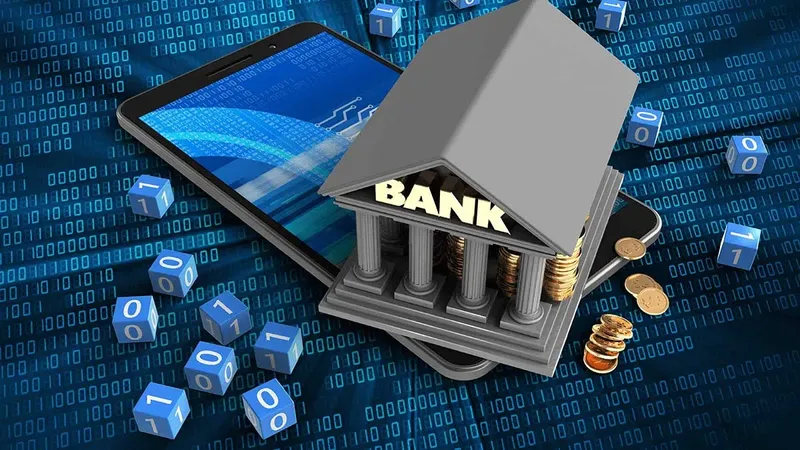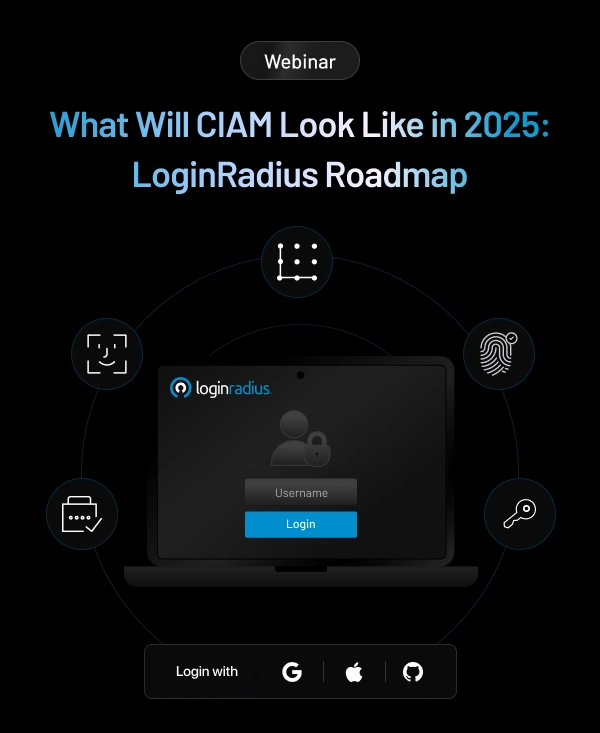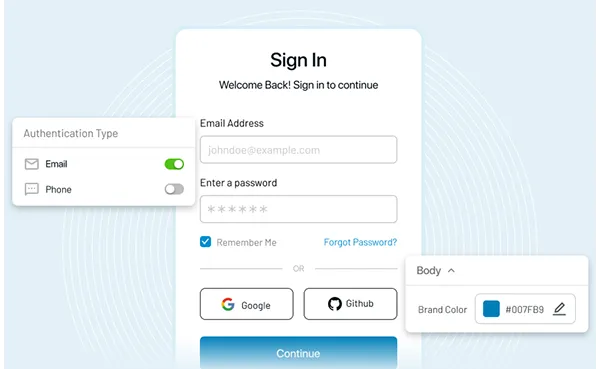Many industries have foreseen the rising digitization of both residential and commercial procedures, products, and services. It includes both commercials as well as industrial processes, goods, and services.
The banking sector has already adapted to such digitalization and is aiming to procure more consumers via online means and strategies.
These initiatives sought to improve user banking authentication, increase self-service in banking transactions, and reduce operational inefficiencies, among other things. That is the quantity, time, and complexity of the "bureaucracy" required to comply with any activity, allowing the process to be sped up significantly.
Banks Have Accepted and Adapted Digital Means
Banking firms have quickly adapted to shifts in their clients' tastes and consumption patterns, which are becoming increasingly localized on the Internet and through mobile devices. Clients are no longer going to a branch to create an account, get a mortgage, or transfer money.
They now need to conduct their operations from the comfort of their own homes, or from wherever. All of this is available at the push of a button. It makes them feel in charge of the transaction, ensuring that it is completed quickly and simply.
A Challenge that Remains Constant
Regardless of these broader trends, banks' security remains a top priority. The use of digital banking is on the rise, as are the risks it generates.
Even today, online users use weak passwords or don't change their passwords frequently enough. It fails secure internet banking authentication. Most importantly, consumers are failing to realize how cybercrime is increasingly targeting mobile platforms and systems.
Financial affairs control and safe banking authentication are now moved to each of the clients' mobile phones. It is no more being safeguarded in guarded offices and big headquarters safes. This disintermediation fosters identity theft or fabrication, fraud, and, as a result, money laundering and criminal financing.
Passwords Are Not Enough
Safeguarding against cyberattacks is only one aspect of identity management. In a digital environment where data is exploding in volume and velocity, and clients use many platforms to obtain financial services, managing identities is becoming increasingly difficult and costly.
To put that in context, identity solutions for digital marketing and access management currently account for more than 30% of a big financial institution's overall information security budget.
The instruments that assure the legality of these distant movements are the electronic signature and systems for certified evidence retention. The main problem, however, is identity identification, which ensures the transaction's authenticity and intentionality. It is no longer sufficient to protect a basic user code and password.
What To Do To Highlight Consumer Identity
The solution currently rests in cutting-edge technologies that combine fluid usability, accessibility from any smartphone, and the implementation of various tests and precise security measures. We're discussing MFA (Multi-factor authentication banking) solutions.
Elements of MFA
Anything that the user knows (e.g., a password or PIN), anything that the user owns (e.g., a mobile device), and something the user is; are the three fundamental aspects of an MFA (i.e., like a fingerprint, or voice). Multi-factor authentication banking is based on the idea that a second or third authentication element will make up for the deficiency of the first, and vice versa.
Mobile banking multi-factor authentication operates by requesting extra information for verification (factors). The one-time password is one of the most prevalent MFA elements that consumers face (OTP).
Also Read: 7 Benefits of Multi-Factor Authentication
Biometric way to ensure complete security
Biometric authentication for online banking is a computer-assisted technique of identifying consumers based on biological features and qualities such as fingerprints, finger vein patterns, iris recognition, and voice recognition. Because biometric authentication is unique to each person and difficult to counterfeit, biometric verification and authentication are widely used in immigration control, law enforcement, and forensic research.
The advantages of biometric authentication must exceed the expense and complication of deployment for the target user. When it comes to analyzing alternative biometric solutions for comfort, banks must engage in discussion before using the technique.
Meet The Evolving Consumer Demands While Protecting Data
User onboarding expectations have increased in tandem with the evolution of digital services. When it comes to internet banking, consumers increasingly demand user-friendly solutions and streamlined efficiency. If this isn't available, they may easily move to a rival, like with internet purchasing.
Digital identity, as the boundary of online services, is critical to online banking. Consumer-friendly identity and user management in banking are critical not just for offering seamless experiences, but also for protecting sensitive consumer information. Banks may adopt safe and consumer-centric digital access control by using a CIAM approach to MFA or 2-factor authentication (2FA).
As a result, several financial institutions are deploying client identification and access management systems.
Final Thoughts
Public and commercial banks are emphasizing cybersecurity controls and tactics in digitalization and e-commerce, where criminality takes on more subtle and undetectable forms.
If identification is the real cash, then digital identity and banking authentication is undoubtedly the new banking. And financial institutions have all of the investments necessary to make this new approach effective in the digital ecosystems of the coming years.
LoginRadius provides seamless, call or SMS-based Multi-Factor Authentication with a visible layer of security protection. You get to choose whether this security system is mandatory or optional for your consumers. The SMS and call systems hold zero lag with global coverage! Contact the team today!

















